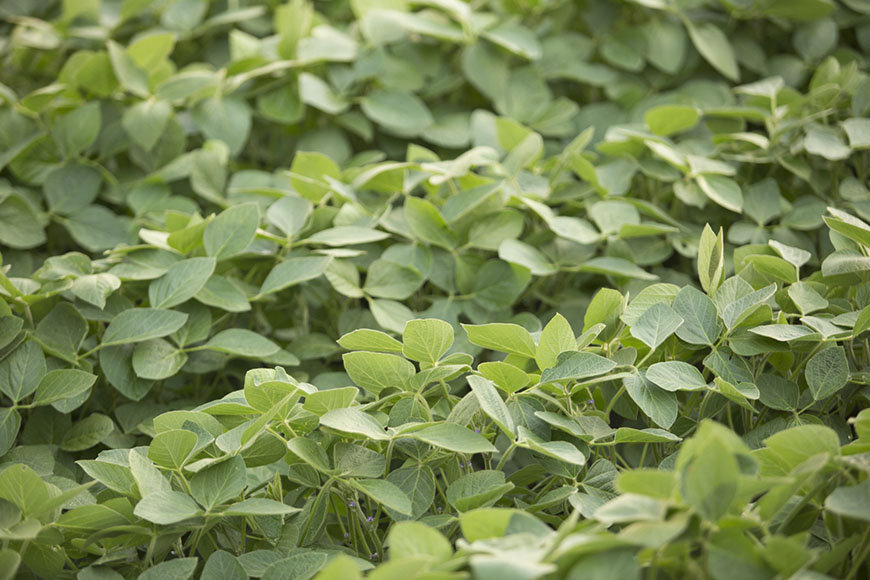It’s Not Too Late for Late-Planted Soybeans

Our wet spring continues in the central portion of the country, making it very tough to get in the field and start or complete soybean planting. Although there can be an advantage to planting soybeans early, it’s not too late to plant them now. Also, the penalty for planting soybeans late is probably not as significant as it is for corn.
A lot depends on latitude
If you are located far enough south where you are able to double-crop soybeans, I recommend planting the fullest season varieties for your particular area as the season progresses, right up until the last two weeks of June. After June 20, you should start going back to planting early varieties. This is different than what I’d recommend for farmers in the central or northern Corn Belt, because the later the season gets, the earlier the varieties they would plant.
Row width and population
Early-planted soybeans are not particularly sensitive to row width or population. With early planting, modest populations and wide rows are no problem. But as we get into later planting, narrower row width and increased populations have a greater chance of paying a dividend.
Seed treatments
Even with late-planted soybeans, there is a big advantage to using a full complement of seed treatments. Warden® CX seed treatment by WinField® United protects against Fusarium, Phytophthora, Pythium and Rhizoctonia, as well as seed and early season foliar-feeding insects. With late-planted soybeans, you are also less likely to have sudden death syndrome (SDS) than you would with early-planted soybeans.
Weed control
Weed control probably gets easier as we get into late planting, as long as you start clean. If you are a conventional tillage farmer and are starting with clean fields, you’re more likely to experience success with a two-pass program in soybeans, as long as one of them is a residual pass. If you’re a no-till farmer, it is absolutely imperative that you confirm your burndown has terminated all weeds. Later in the season, those weeds that emerged early are going to be more robust, taller and harder to manage.
If you made an early burndown pass, had to delay planting and now have regrowth, you’ll need to do a second burndown application along with your first residual when your fields dry out.
A lot depends on latitude
If you are located far enough south where you are able to double-crop soybeans, I recommend planting the fullest season varieties for your particular area as the season progresses, right up until the last two weeks of June. After June 20, you should start going back to planting early varieties. This is different than what I’d recommend for farmers in the central or northern Corn Belt, because the later the season gets, the earlier the varieties they would plant.
Row width and population
Early-planted soybeans are not particularly sensitive to row width or population. With early planting, modest populations and wide rows are no problem. But as we get into later planting, narrower row width and increased populations have a greater chance of paying a dividend.
Seed treatments
Even with late-planted soybeans, there is a big advantage to using a full complement of seed treatments. Warden® CX seed treatment by WinField® United protects against Fusarium, Phytophthora, Pythium and Rhizoctonia, as well as seed and early season foliar-feeding insects. With late-planted soybeans, you are also less likely to have sudden death syndrome (SDS) than you would with early-planted soybeans.
Weed control
Weed control probably gets easier as we get into late planting, as long as you start clean. If you are a conventional tillage farmer and are starting with clean fields, you’re more likely to experience success with a two-pass program in soybeans, as long as one of them is a residual pass. If you’re a no-till farmer, it is absolutely imperative that you confirm your burndown has terminated all weeds. Later in the season, those weeds that emerged early are going to be more robust, taller and harder to manage.
If you made an early burndown pass, had to delay planting and now have regrowth, you’ll need to do a second burndown application along with your first residual when your fields dry out.

